The image of dinosaurs has evolved dramatically over the past decades, shifting from slow, lumbering reptiles to dynamic, complex creatures that dominated Earth for over 165 million years. While scientists have uncovered numerous fascinating aspects of dinosaur anatomy and behavior, one question remains particularly intriguing: Did any dinosaurs possess venom? Recent paleontological discoveries have sparked compelling debates on this possibility, challenging our understanding of these prehistoric animals. This article explores the emerging evidence suggesting that certain dinosaur species might have indeed been venomous, a revelation that could fundamentally reshape our perception of dinosaur ecology and evolution.
The Surprising World of Venomous Animals
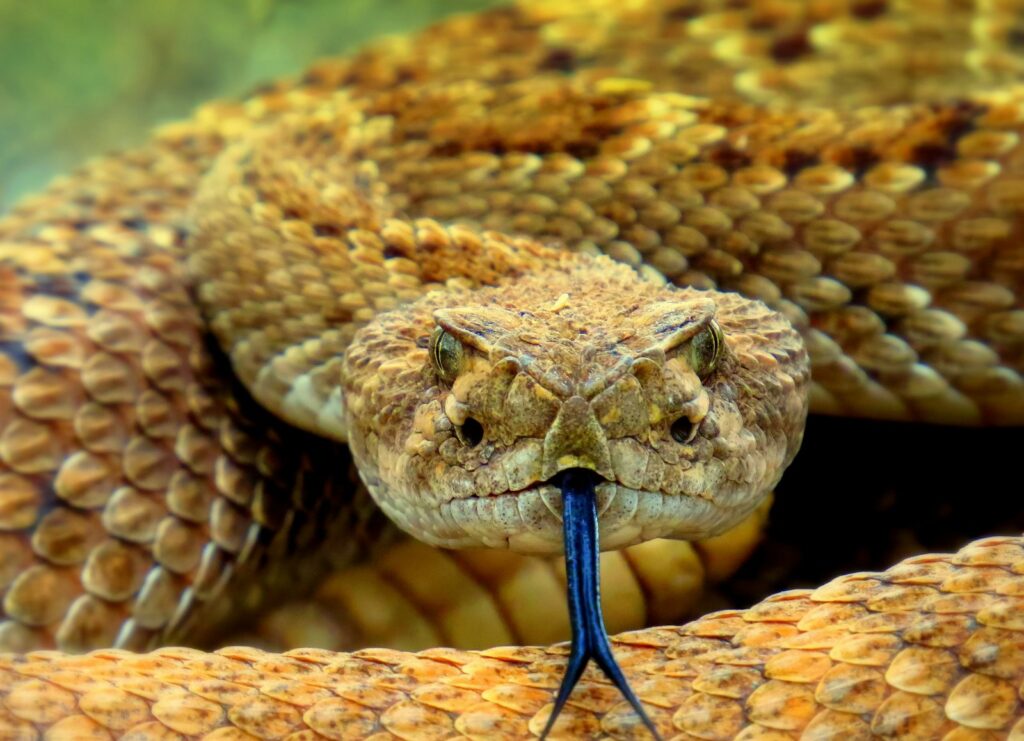
Venom is far more widespread in the animal kingdom than many people realize. Today, venomous capabilities exist across diverse groups, including snakes, lizards, mammals, fish, insects, and even some birds. This wide distribution suggests that venom has evolved independently multiple times throughout evolutionary history, making it entirely plausible that certain dinosaur lineages could have developed similar adaptations. The biochemical complexity of venom delivery systems varies dramatically across species, from the sophisticated hollow fangs of vipers to the modified saliva glands of Komodo dragons. Understanding this diversity provides crucial context when examining potential venom capabilities in dinosaur species, particularly those with specialized dental structures or unusual jaw morphologies.
Sinornithosaurus: The First Venomous Dinosaur Candidate
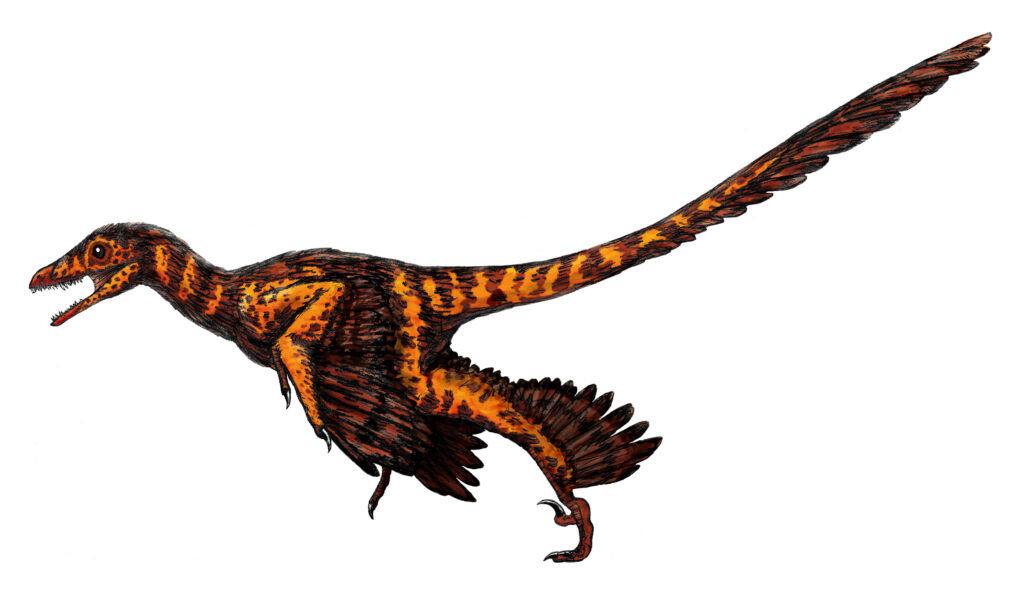
The first serious proposition of a venomous dinosaur emerged in 2009 when researchers studying Sinornithosaurus, a small feathered dromaeosaurid from the Early Cretaceous of China, identified features potentially associated with venom delivery. The team noted unusually long, grooved teeth in the upper jaw, reminiscent of those seen in rear-fanged venomous snakes. Additionally, they identified what appeared to be depressions that might have housed venom glands. The hypothesis suggested that Sinornithosaurus could have used a mild venom to immobilize small prey, functioning as an efficient predation strategy for this bird-like dinosaur. Though this interpretation generated significant scientific debate, with critics arguing that the features could be explained by other factors or preservation artifacts, it opened the door to considering venom as a possible adaptation in certain dinosaur lineages.
Controversy and Critique: Examining the Evidence

Following the Sinornithosaurus proposal, paleontologists engaged in rigorous debate about the validity of the venomous dinosaur hypothesis. Critics pointed out several alternative explanations for the observed anatomical features. The grooved teeth, they argued, might simply represent preservation damage or anatomical features related to other functions entirely. Some suggested that the supposed venom gland depressions were merely sinuses or spaces created during fossilization processes. A particularly compelling counterargument came from comparative studies with extant reptiles, demonstrating that some of the “venom-associated” features existed in non-venomous species as well. This scientific controversy exemplifies the challenge of interpreting morphological features in extinct animals, especially when attempting to infer complex physiological capabilities like venom production from fossilized remains alone.
Komodo Dragons: A Modern Model for Ancient Venom
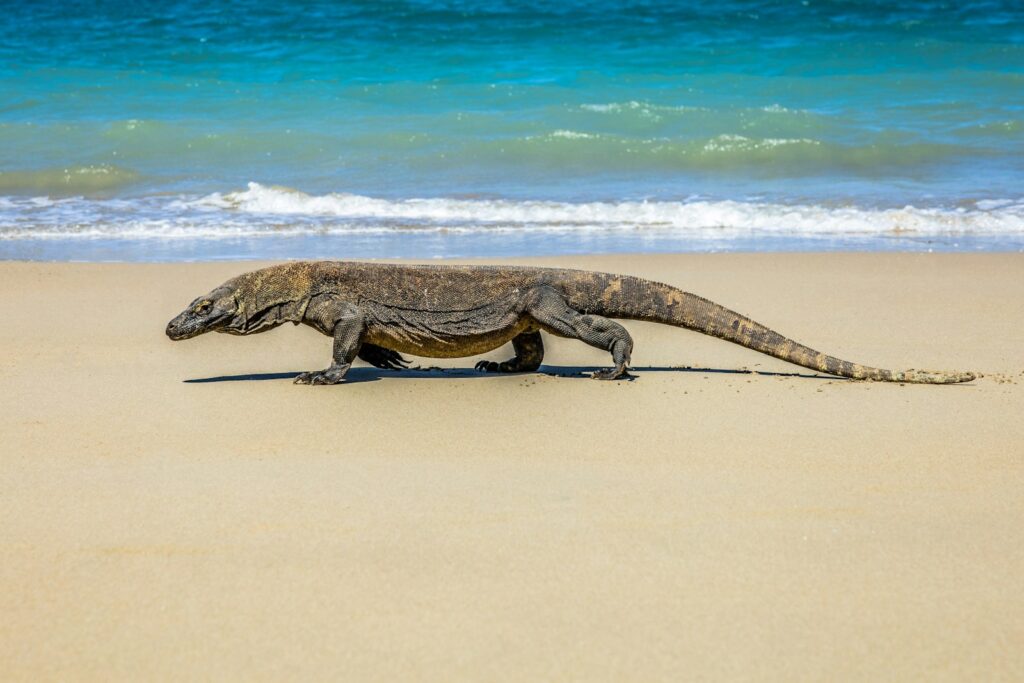
The discovery that Komodo dragons possess a sophisticated venom system has provided paleontologists with a valuable comparative model for assessing potential venom in dinosaurs. For decades, scientists believed that Komodo dragons relied solely on bacteria-laden saliva to weaken prey, but research published in 2009 confirmed they produce true venom containing toxins that decrease blood pressure, increase bleeding, and prevent clotting. This revelation proved significant for dinosaur studies because Komodo dragons are phylogenetically related to dinosaurs through their common archosaur ancestry. The Komodo model demonstrates how venom can evolve in large predatory reptiles without the need for specialized hollow fangs, instead utilizing modified salivary glands and serrated teeth. This modern example suggests that dinosaurs could have potentially evolved similar venom delivery systems that might not be immediately obvious in the fossil record.
The Puzzling Case of Archaeopteryx’s Teeth
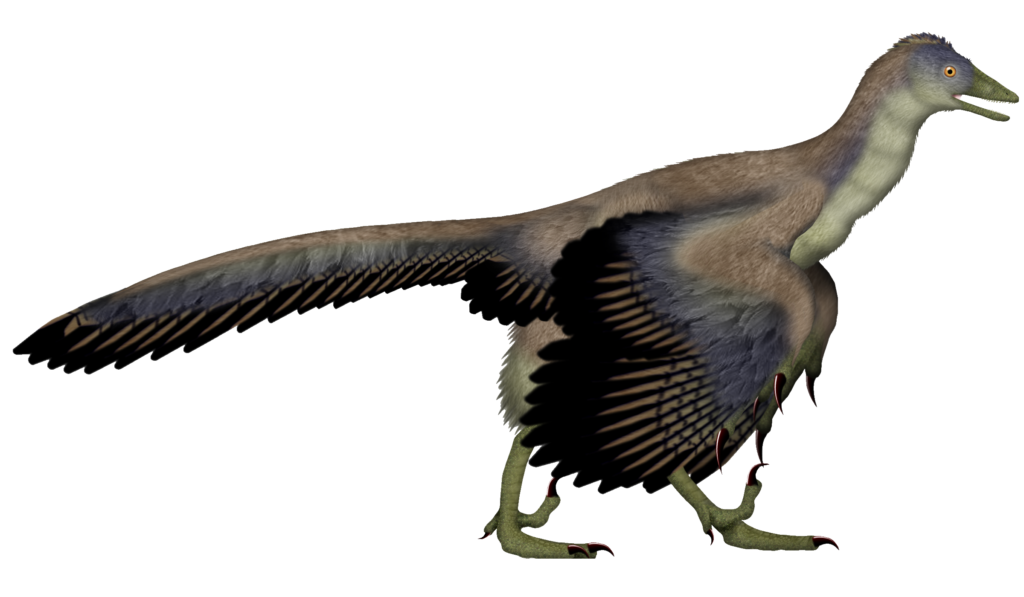
Archaeopteryx, often considered a transitional form between dinosaurs and birds, has recently come under scrutiny for potential venom-related features. Some researchers have noted the presence of unusual grooves running along certain teeth in Archaeopteryx specimens, bearing a resemblance to those seen in some venomous reptiles. These grooves could have facilitated the flow of toxic saliva or venom from specialized glands into prey during bites. However, interpretations remain cautious, as similar dental structures can serve multiple purposes, including mechanical strength for gripping prey or aiding in the slicing of meat. The early bird-like anatomy of Archaeopteryx, combined with its potential venomous adaptations, raises fascinating questions about the ecological strategies employed by transitional dinosaur species as they evolved toward avian body plans and behaviors.
Venomous Mammals: Expanding Possibilities for Dinosaur Venom

The existence of venomous mammals today, such as the duck-billed platypus and certain shrews, demonstrates that venom production is not limited to reptiles or arthropods. This broader distribution across evolutionary lineages suggests that the biochemical pathways for venom production might be more accessible to vertebrates than previously thought. Particularly relevant is the observation that venom has evolved independently multiple times across the animal kingdom, often as a solution to similar ecological pressures. The convergent evolution of venom in mammals, despite their physiological differences from reptiles, bolsters the plausibility that some dinosaur lineages could have developed venom as an adaptive advantage. This comparative approach helps scientists recognize that venomous dinosaurs would not represent an evolutionary anomaly but rather part of a broader pattern where venom emerges as a successful predatory or defensive strategy across diverse animal groups.
The Uatchitodon Revelation: Venom in Ancient Reptiles
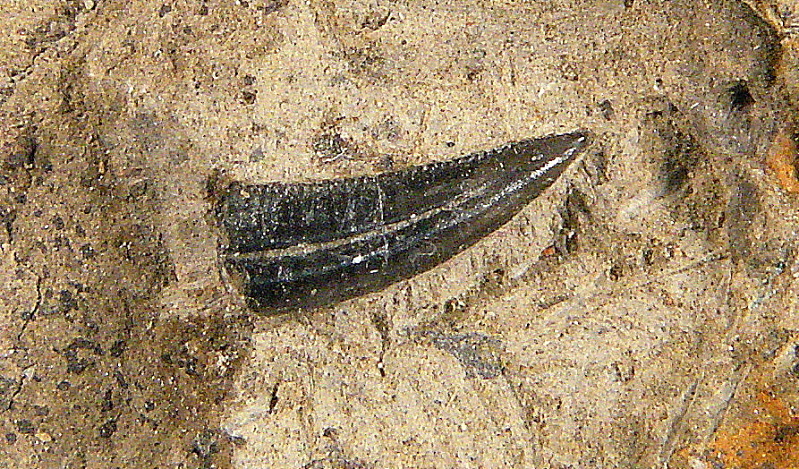
A significant discovery strengthening the case for venomous dinosaurs comes from Uatchitodon, a Triassic proto-crocodilian reptile that lived alongside early dinosaurs approximately 220 million years ago. Paleontologists have identified deeply grooved teeth in Uatchitodon fossils, with later specimens showing fully enclosed channels reminiscent of the hollow fangs in modern venomous snakes. This finding demonstrates that venom delivery systems had already evolved in reptiles during the time of early dinosaurs, making it entirely possible that some dinosaur lineages could have developed similar adaptations. While Uatchitodon was not itself a dinosaur, it shared the same environmental pressures and evolutionary landscape, providing compelling evidence that venom was a viable adaptive strategy during the Mesozoic Era when dinosaurs dominated terrestrial ecosystems.
Venom as an Evolutionary Advantage

From an evolutionary perspective, venom offers numerous advantages that could have benefited certain dinosaur species. For smaller predatory dinosaurs, venom could have enabled them to take down larger prey by inducing systemic effects like reduced blood pressure, impaired mobility, or heightened pain. This advantage would have been particularly valuable for theropods with more gracile builds that might have struggled to overpower larger animals. Venom could also have increased hunting efficiency by reducing the energy expended in pursuit and subduing prey, allowing for more successful predation with less risk of injury. Additionally, some dinosaurs might have employed venom defensively rather than offensively, similar to how many modern venomous animals use toxins primarily for protection against larger predators. These evolutionary benefits make venom a plausible adaptation that could have emerged in dinosaur lineages facing specific ecological challenges.
Specialized Teeth: Clues to Possible Venom Delivery

Dental specialization provides some of the most compelling evidence for potential venom in dinosaurs. Several theropod species display unusual dental features that could have facilitated venom delivery, including teeth with deep grooves, unusual serration patterns, or specialized positioning in the jaw. Particularly noteworthy are dinosaurs with heterodont dentition—different tooth types within the same jaw—which might indicate specialized functions for certain teeth, potentially including venom injection. The microraptorines, a group of small dromaeosaurid dinosaurs, have attracted particular attention for their unusual dental morphologies that include curved, blade-like teeth with structures that could have channeled venom or toxic saliva. While these features alone cannot confirm venomous capabilities, they represent anatomical prerequisites that would have been necessary for effective venom delivery, warranting closer examination with modern analytical techniques.
Imaging Technologies Offering New Insights

Advanced imaging technologies have revolutionized paleontological research, offering unprecedented views into dinosaur anatomy that were impossible just decades ago. Computed tomography (CT) scanning allows scientists to examine the internal structures of fossil specimens without damaging them, potentially revealing channels for venom ducts or spaces that might have housed venom glands. Synchrotron imaging, which uses high-energy X-rays, provides even more detailed views of microscopic structures, including potential evidence of specialized tissues associated with venom production. These technologies have already transformed our understanding of dinosaur sensory capabilities, brain structure, and growth patterns. As researchers apply these powerful tools specifically to investigate possible venom-related structures in dinosaur specimens, we may uncover compelling evidence that has remained hidden within fossils collected decades ago but never examined with these sophisticated techniques.
The Biochemical Puzzle: Could Dinosaurs Produce Toxins?

Behind any discussion of venomous dinosaurs lies a fundamental biochemical question: Did dinosaurs possess the genetic and physiological machinery to produce complex toxins? While direct evidence of prehistoric venom composition is virtually impossible to obtain from fossils, comparative studies with modern reptiles provide valuable insights. Birds, the direct descendants of theropod dinosaurs, possess many of the genetic foundations for producing defensive compounds, suggesting their dinosaur ancestors might have shared this capability. Recent research into the molecular evolution of venom has revealed that many toxins evolved from regular physiological proteins that were repurposed through gene duplication and modification. This evolutionary pathway would have been available to dinosaurs just as it was to other vertebrates. The biochemical plausibility of dinosaur venom production is further supported by the wide distribution of venom across the animal kingdom, indicating that the genetic architecture required for venom has evolved independently numerous times throughout evolutionary history.
Future Research Directions

The question of venomous dinosaurs remains open, with several promising research avenues that could provide more definitive answers in coming years. One approach involves a more systematic application of microCT scanning and synchrotron imaging to specimens with unusual dental or cranial morphologies that might be associated with venom delivery. Combining these anatomical investigations with biomechanical modeling could help determine whether certain dinosaur species possessed the structural features necessary for effective venom deployment. Comparative studies examining venom-related genes in birds and crocodilians, the closest living relatives of dinosaurs, might reveal genetic signatures suggesting ancestral venom capabilities. Additionally, chemical analysis of exceptionally well-preserved fossils might someday detect residual traces of venom-associated compounds or structures. As these multidisciplinary approaches converge, we may eventually reach more conclusive determinations about which dinosaur lineages, if any, wielded venom as part of their predatory or defensive arsenals.
Implications for Dinosaur Ecology

If venomous dinosaurs did exist, this would significantly impact our understanding of Mesozoic ecosystems and dinosaur behavior. Venom would have created entirely different predator-prey dynamics, potentially allowing smaller theropods to occupy specialized ecological niches that would otherwise have been unavailable to them. The presence of venomous predators would have driven different evolutionary responses in prey species, possibly explaining certain defensive adaptations observed in herbivorous dinosaurs. From a behavioral perspective, venomous capabilities might have influenced hunting strategies, territorial behaviors, and even social structures within certain dinosaur groups. The ecological ripple effects would extend beyond direct predator-prey relationships to shape broader patterns of resource utilization and species distribution throughout the Mesozoic landscapes. Recognizing the potential role of venom in dinosaur ecology adds another layer of complexity to our reconstructions of ancient ecosystems and highlights the sophisticated adaptive strategies that may have contributed to dinosaurs’ evolutionary success.
The Fascinating Possibility of Venomous Dinosaurs

The possibility of venomous dinosaurs represents one of paleontology’s most intriguing frontiers. While definitive evidence remains elusive, the anatomical, evolutionary, and ecological case for venom in certain dinosaur species continues to strengthen with new research methods and comparative studies. The discovery of venomous dinosaurs would not only reshape our understanding of these iconic prehistoric animals but would also illuminate previously unrecognized dimensions of Mesozoic biodiversity and ecological complexity. As paleontologists continue to investigate this fascinating possibility, we may soon determine whether dinosaurs wielded not just teeth and claws but also biochemical weapons in their evolutionary arsenal. Whether ultimately confirmed or refuted, the venomous dinosaur hypothesis highlights how much remains to be discovered about Earth’s most famous extinct creatures, even after centuries of scientific study.




